American Chestnut Tree Information – How To Grow American Chestnut Trees
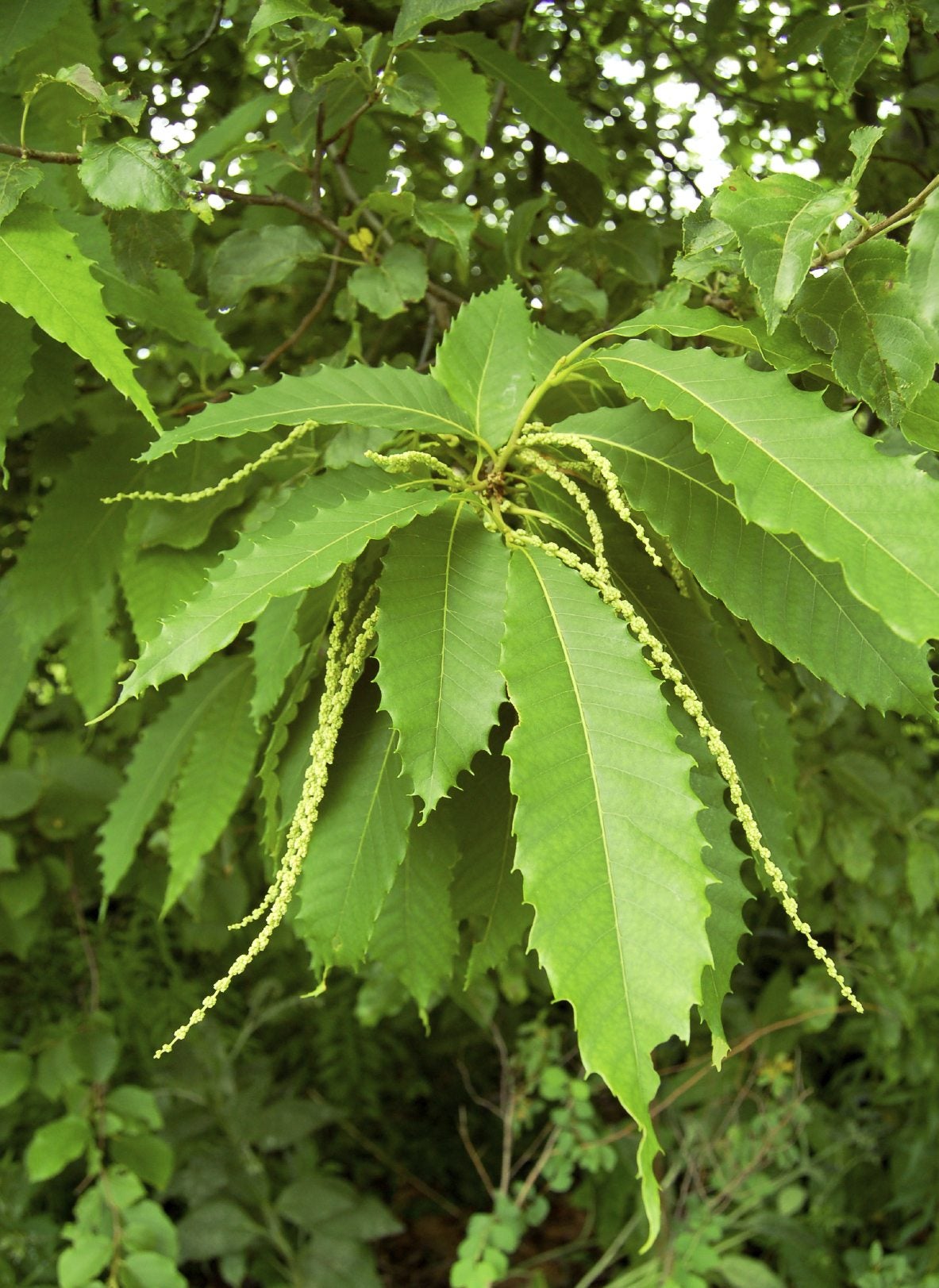

Chestnuts are rewarding trees to grow. With beautiful foliage, tall, strong structures, and often heavy and nutritious nut yields, they’re a great choice if you’re looking to grow trees. Planting American chestnut trees can be tricky though. Keep reading to learn American chestnut tree information and how to grow American chestnut trees.
Planting American Chestnut Trees in Landscapes
Before you go about planting American chestnut trees (Castanea dentata), you should have a little American chestnut tree information. American chestnut trees used to be found all over the eastern United States. In 1904, however, a fungus all but wiped them out. The fungus is difficult to manage. It can take ten years to appear, at which time, it kills the aboveground part of the tree. The roots survive but they store the fungus, meaning any new shoots the roots put up will experience the same problem. So how can you go about planting American chestnut trees? First of all, the fungus is native to the eastern United States. If you live elsewhere, you should have better luck, although it’s not guaranteed the fungus won’t also strike there. Another option is to plant hybrids that have been crossed with Japanese or Chinese chestnuts, close relatives that are much more resistant to the fungus. If you’re really serious, the American Chestnut Foundation is working with growers both to fight the fungus and to form new breeds of American chestnut that are resistant to it.
Caring for American Chestnut Trees
When you decide to start planting American chestnut trees, it’s important to begin early in the spring. The trees grow best when American chestnut tree nuts are sown directly in the ground (with the flat side or sprout facing down, half an inch to an inch (1-2.5 cm.) deep) as soon as the soil is workable. Pure varieties have an extremely high germination rate and should grow fine this way. Some hybrids don’t germinate as well, and can be started indoors. Plant the nuts as early as January in pots at least 12 inches (31 cm.) deep. Harden them off gradually after all threat of frost has passed. Plant your trees in very well drained soil in a spot that receives at least six hours of light per day. American chestnuts can’t self-pollinate, so if you want nuts, you need at least two trees. Since the trees are a many year investment and don’t always make it to maturity, you should start out with no fewer than five to ensure that at least two survive. Give each tree at least 40 feet (12 m.) of space on every side, but plant it no farther than 200 feet (61 m.) from its neighbors, as American chestnuts are pollinated by the wind.
Gardening tips, videos, info and more delivered right to your inbox!
Sign up for the Gardening Know How newsletter today and receive a free copy of our e-book "How to Grow Delicious Tomatoes".

The only child of a horticulturist and an English teacher, Liz Baessler was destined to become a gardening editor. She has been with Gardening Know how since 2015, and a Senior Editor since 2020. She holds a BA in English from Brandeis University and an MA in English from the University of Geneva, Switzerland. After years of gardening in containers and community garden plots, she finally has a backyard of her own, which she is systematically filling with vegetables and flowers.
-
 Looking For Plants To Give You The Soft And Fuzzies? Try These 5 Fuzzy Leaf Plant Options
Looking For Plants To Give You The Soft And Fuzzies? Try These 5 Fuzzy Leaf Plant OptionsLovers of texture, drama, silver foliage and tactile plants will adore these special sensory garden additions. These fuzzy leaf plant options will leave you all aglow
By Susan Albert
-
 Get Ready For A Summer Of Hummers! Grow These Full Sun Hummingbird Plants and Flowers
Get Ready For A Summer Of Hummers! Grow These Full Sun Hummingbird Plants and FlowersIf you’re lucky enough to enjoy a sunny backyard, make sure you are maxing out on your pollinator opportunities and grow these full sun hummingbird plants and flowers
By Tonya Barnett
-
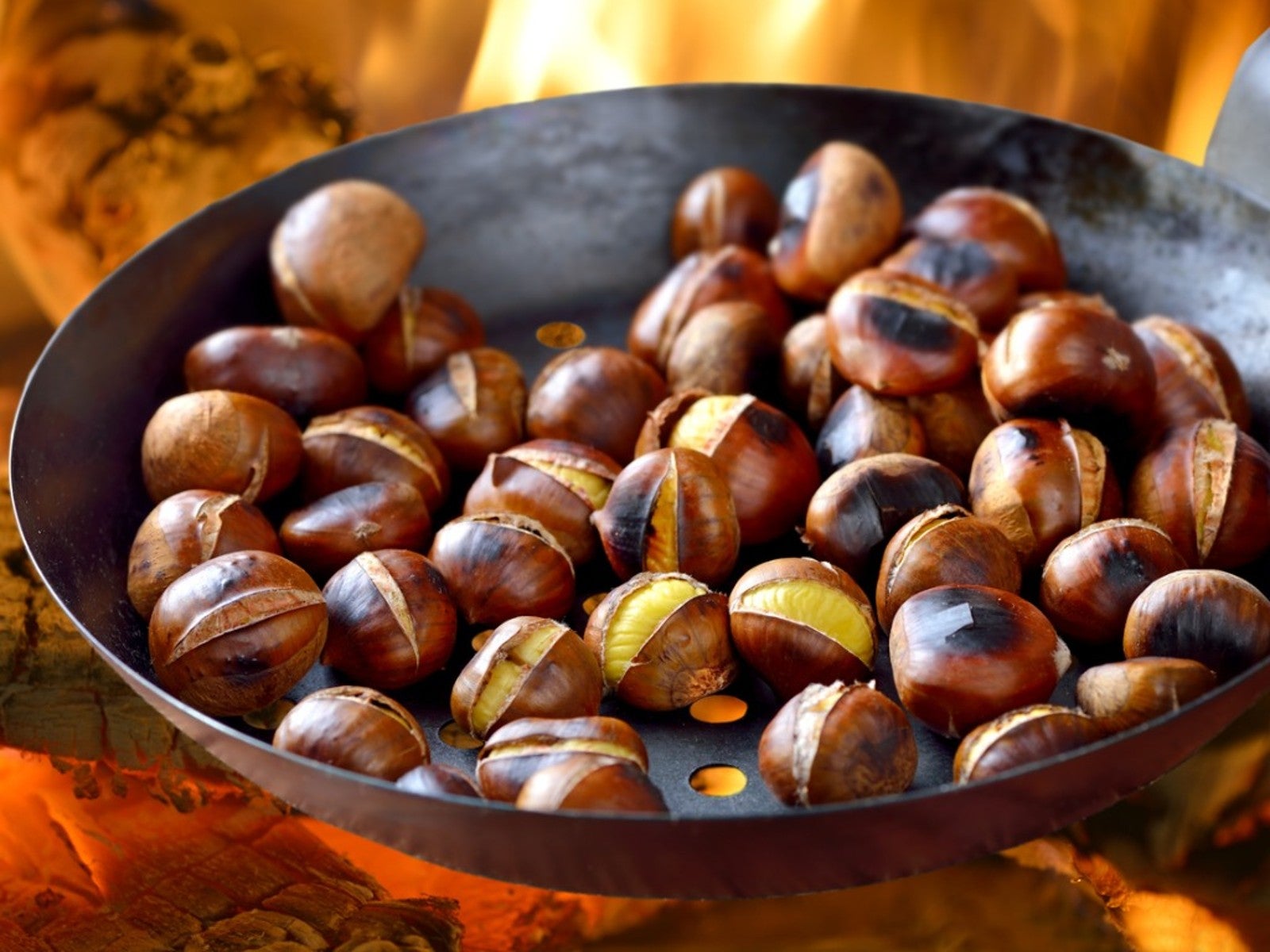 Chestnuts On An Open Fire - And Other Ways To Cook The Holiday Favorite
Chestnuts On An Open Fire - And Other Ways To Cook The Holiday FavoriteRoasted chestnuts are not the popular treat they once were, but it’s a worthy endeavor to bring back an old time feel in the home.
By Bonnie L. Grant
-
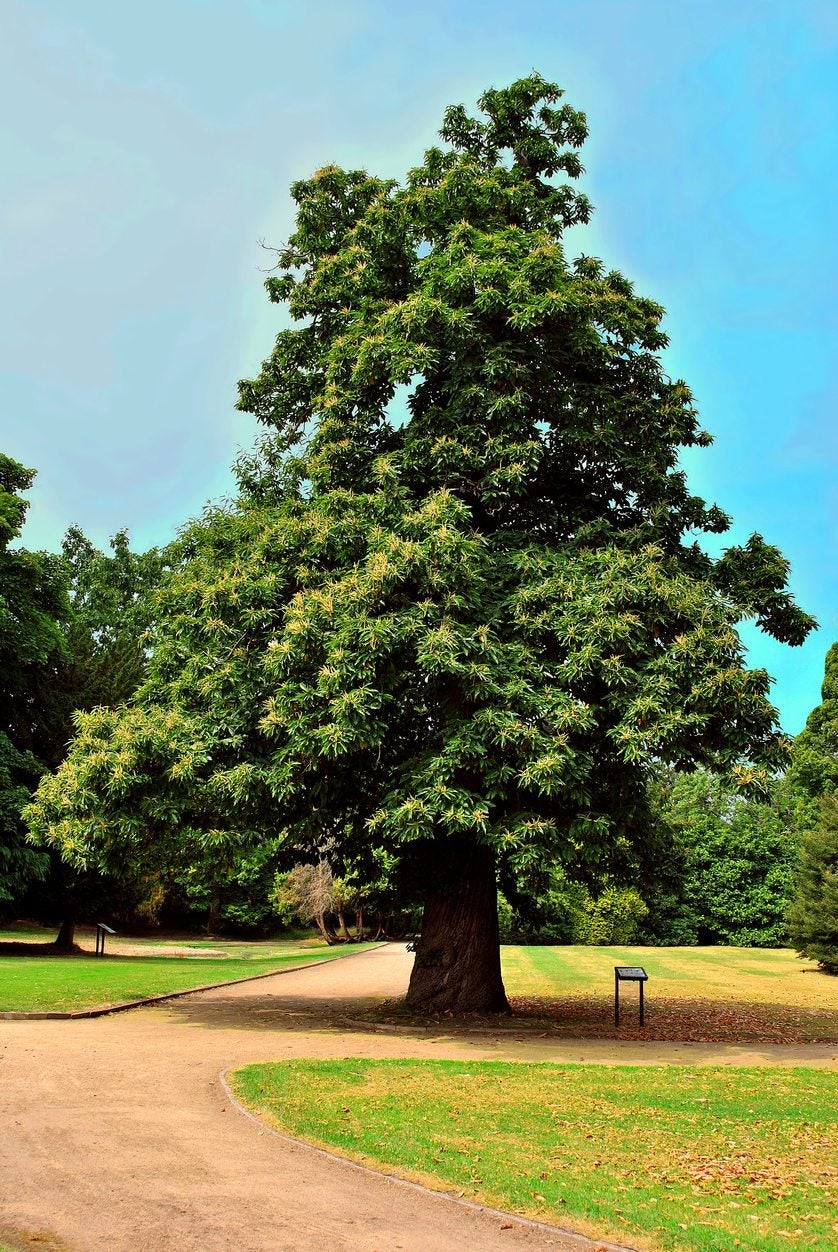 European Chestnut Care: Tips For Growing Sweet Chestnut Trees
European Chestnut Care: Tips For Growing Sweet Chestnut TreesGreat forests of American chestnut trees died from chestnut blight, but their cousins across the seas, European chestnuts, continue to thrive. Beautiful shade trees in their own right, they produce most of the chestnuts Americans eat today. Learn more about them here.
By Teo Spengler
-
 Chestnut Tree Problems: Learn About Common Chestnut Diseases
Chestnut Tree Problems: Learn About Common Chestnut DiseasesOne of the chestnut diseases is so serious that it has killed off a large percentage of the chestnut trees native to the United States. For more information on chestnut tree problems and tips on treating a sick chestnut, this article will help.
By Teo Spengler
-
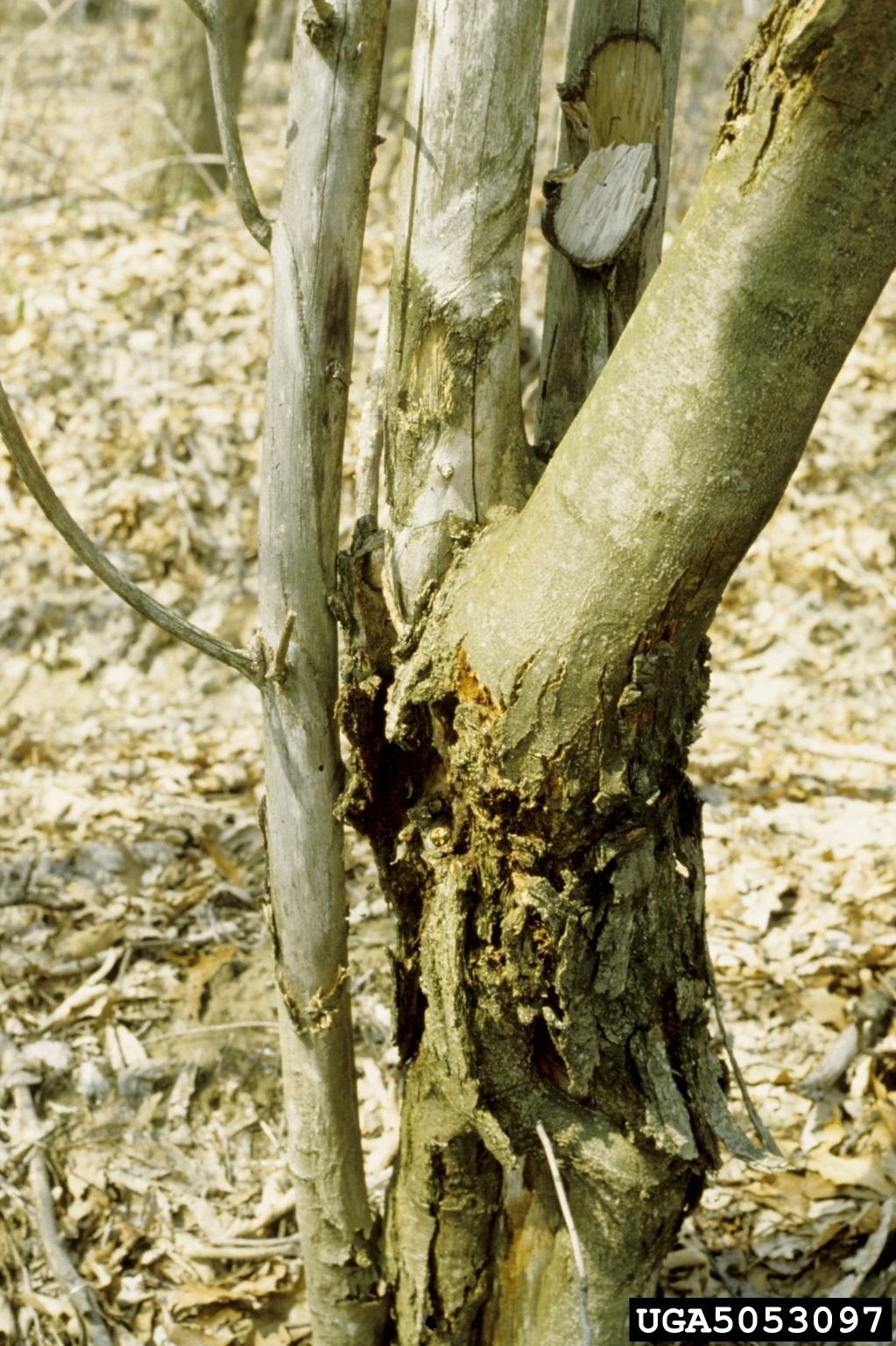 Chestnut Blight Life Cycle – Tips On Treating Chestnut Blight
Chestnut Blight Life Cycle – Tips On Treating Chestnut BlightIn the late nineteenth century, American chestnuts made up more than 50 percent of the trees in Eastern hardwood forests. Today, there are none. Click here to find out about the culprit, chestnut blight, and what's being done to combat this devastating disease.
By Jackie Carroll
-
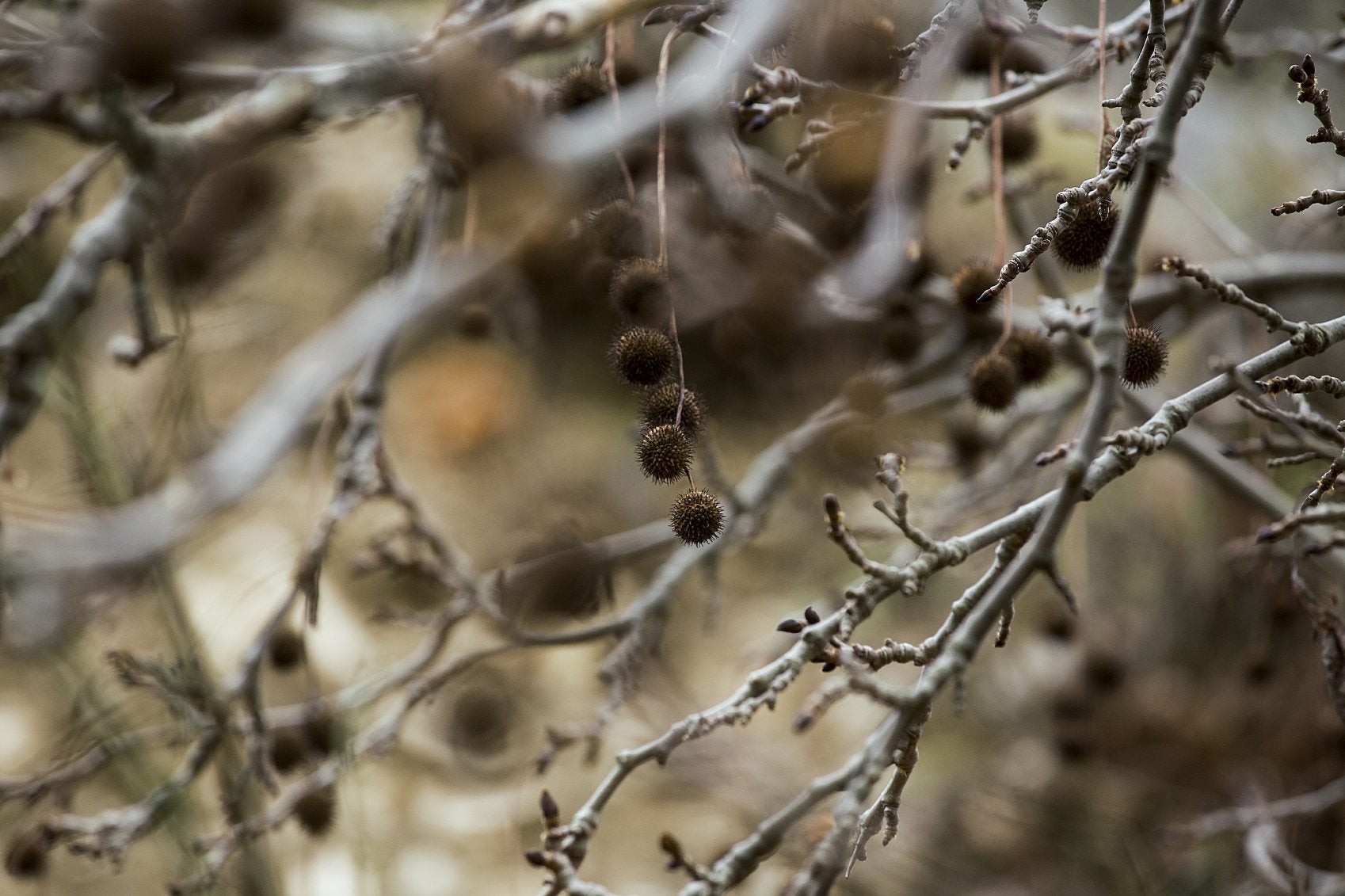 Pruning Chestnut Trees: How To Prune A Chestnut Tree
Pruning Chestnut Trees: How To Prune A Chestnut TreeChestnut trees grow just fine without pruning but that doesn't mean that cutting back chestnut trees is a waste of time. Pruning chestnut trees is not difficult, and this article will help with why and how to prune a chestnut tree.
By Teo Spengler
-
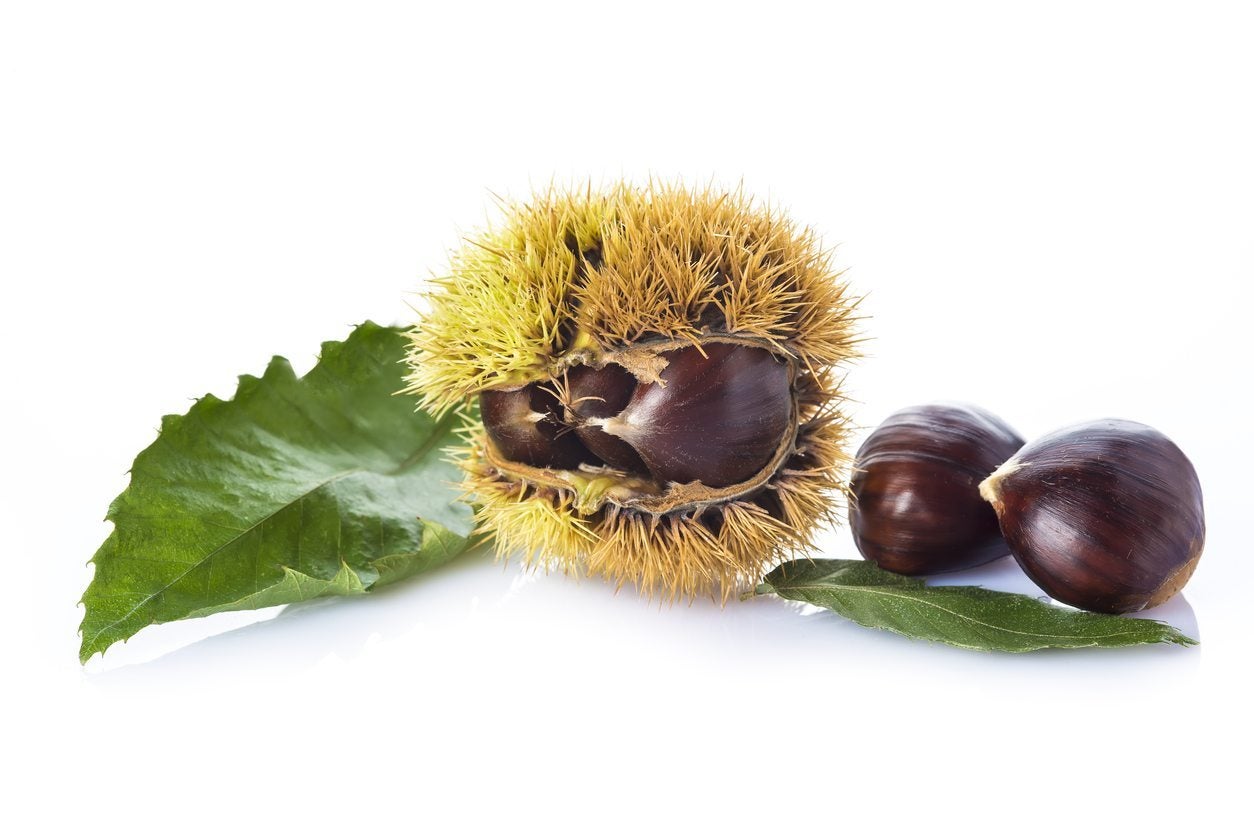 Chestnut Tree Propagation: Growing Chestnut Trees From Cuttings
Chestnut Tree Propagation: Growing Chestnut Trees From CuttingsChestnut tree propagation is not difficult. In the wild, these trees reproduce readily from the abundant crop of nuts they produce. You can also start propagating chestnut cuttings. Learn about chestnut tree propagation, and how to grow chestnut tree cuttings here.
By Teo Spengler
-
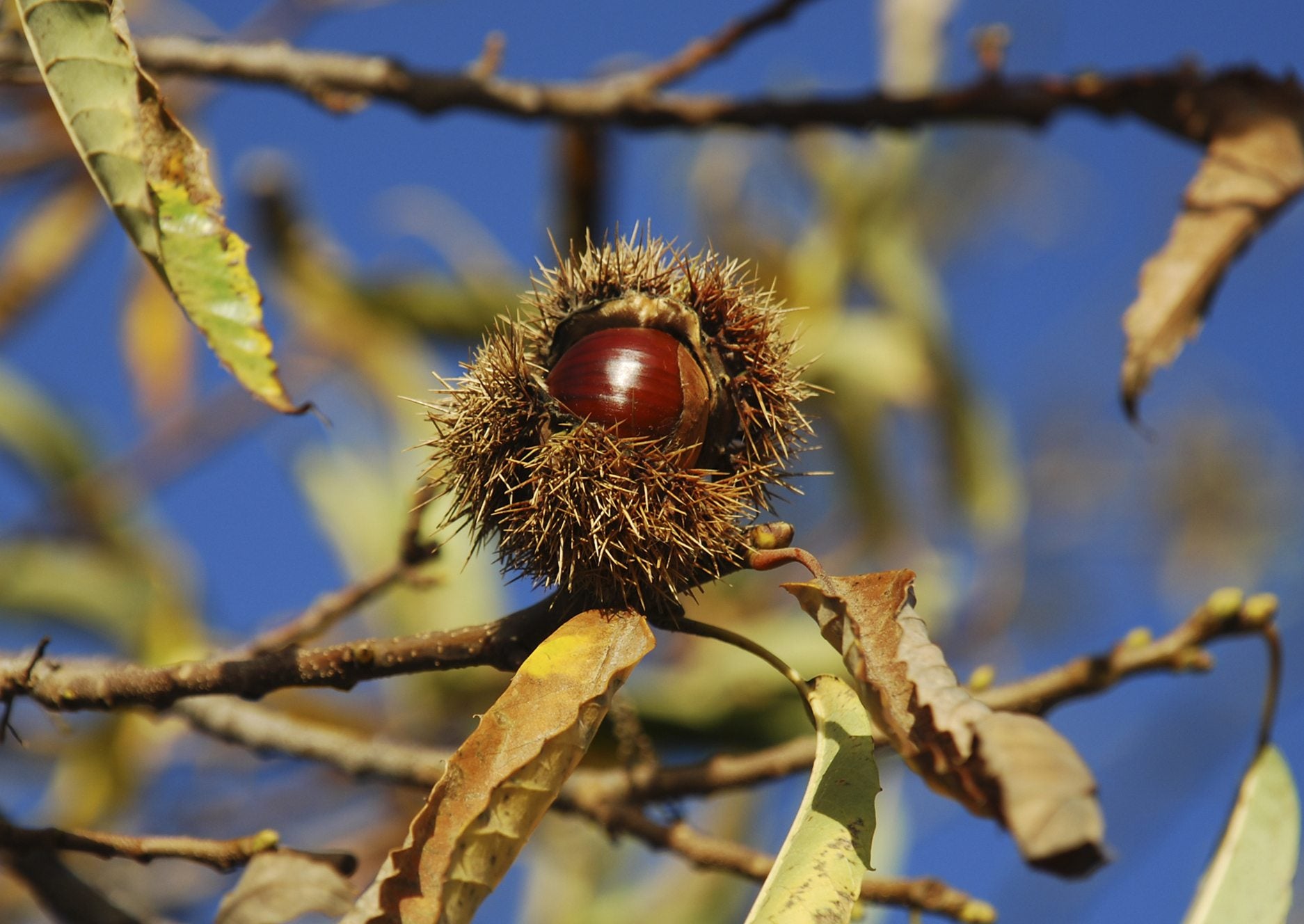 Harvesting Chestnut Trees: When And How To Harvest Chestnuts
Harvesting Chestnut Trees: When And How To Harvest ChestnutsChestnut trees are attractive trees that prefer chilly winters and warm summers. The trees produce generous quantities of flavorful, nutrition-rich nuts inside spiny hulls, commonly known as burs. Want to know how to harvest chestnuts? Click here.
By Mary H. Dyer
-
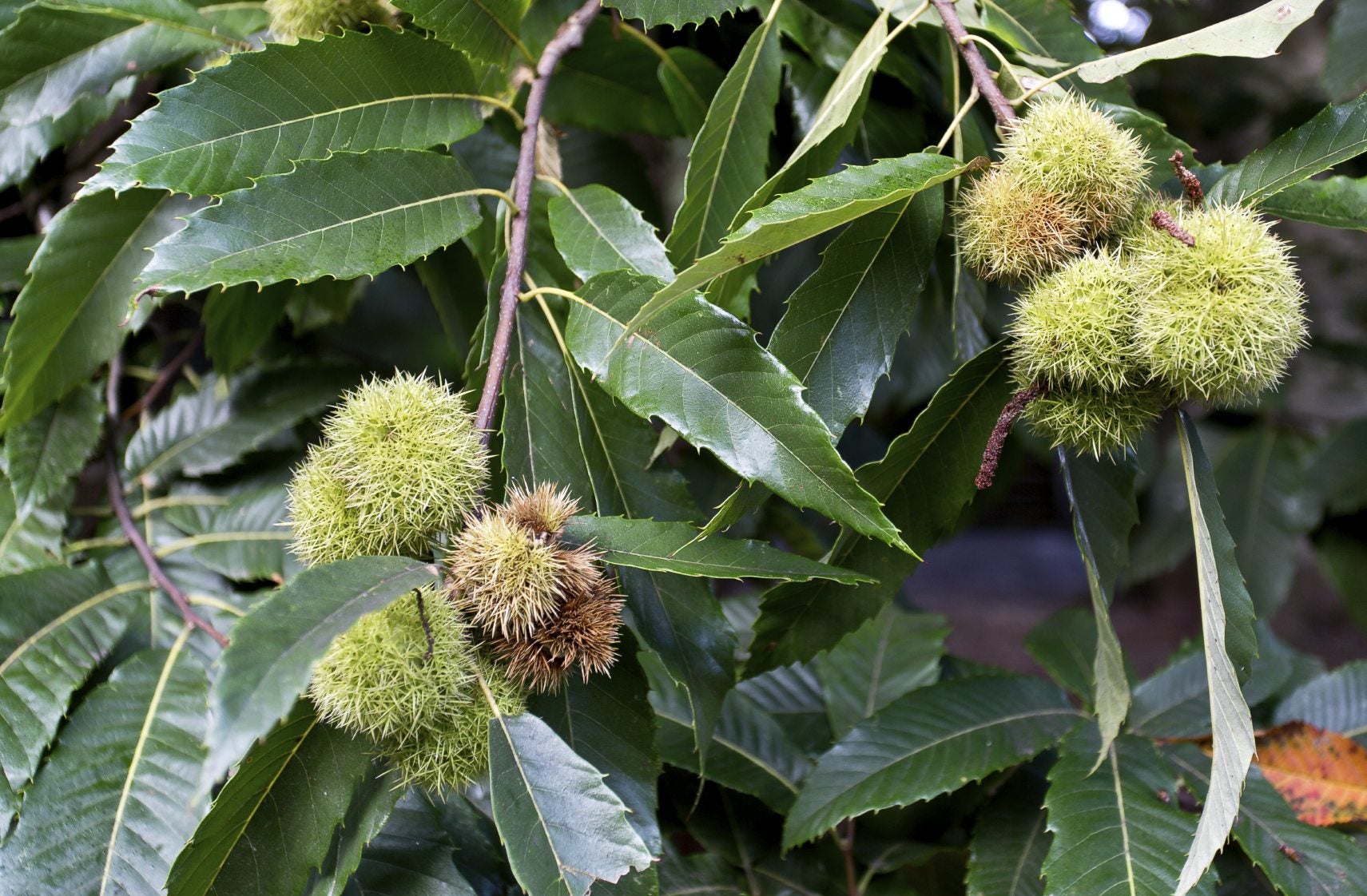 Chestnut Tree Care: Guide To Growing Chestnut Trees
Chestnut Tree Care: Guide To Growing Chestnut TreesChestnut trees have been cultivated for their starchy nuts for thousands of years. If you are thinking of growing chestnut trees, click on the article that follows for tips and information about chestnut tree care.
By Teo Spengler